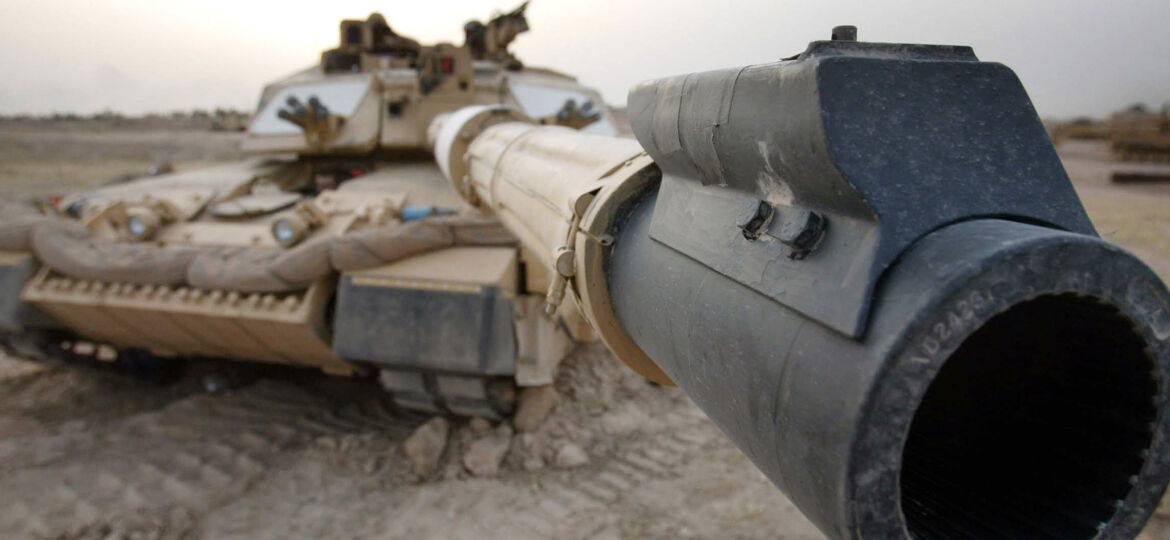
WHY THIS MATTERS IN BRIEF
Augmented reality systems can be used in novel ways to change how you see the world and they have cross industry applications.
In the latest example of consumer technology adapted for military applications, Microsoft’s Hololens is being put to work to allow tank crews to “see” through the walls of their vehicles. The result will be greater situational awareness for tank crews, allowing them to fight more effectively.
Tanks and armoured vehicles traditionally have poor situational awareness, for obvious reasons. Crews are trapped inside a moving fortress of steel, aluminum, and ceramic composite often several inches thick, with a limited view of the outside world. Vision slits and periscopes allow some view of the outside, but to really get a good look around, crews need to a hatch and expose themselves to enemy tank fire, snipers, and artillery.
Now a Ukrainian Company Limpid Armor is using the Hololens to give armoured vehicle crews a better idea of their surroundings in combat. Taking a cue from the Joint Strike Fighter’s Distributed Aperture System (DAS), the technology will give crews a 360 degree view of their environment without compromising their safety.
DAS uses a system of infrared cameras installed on the fighter’s fuselage looking in all directions – even straight down. The cameras are linked to the pilot’s helmet, allowing the wearer to “see” in all directions without turning their head.
The Ukrainian version uses a series of cameras installed on the outside of an armoured vehicle that are then fed into the Hololens. The Hololens can also project information over the video feed, noting mission objectives, enemy vehicles, and other critical information.
Another technology originally invented for fighter planes but included in Limpid’s headset is helmet mounted cueing, which allows the user to “look, lock, and launch” against enemy targets. Presumably this will involve a vehicle mounted gun slaved to the helmet, or anti-tank or anti-aircraft guided missiles.
The Ukrainian system isn’t the first “mixed reality” system for armoured vehicles. Israeli defence contractor Elbit Systems recently introduced its “Iron Vision” system, the video for which is above, which is similar concept – albeit that it isn’t based on consumer technology.
From an armoured vehicle crew perspective this is a revolutionary technology. For a hundred years tankers have stared at the armoured walls of their vehicles from the inside, wondering what they could see if they could just see through them. Now vehicle crews can, using tanks and infantry fighting vehicles as though the walls weren’t even there.
















